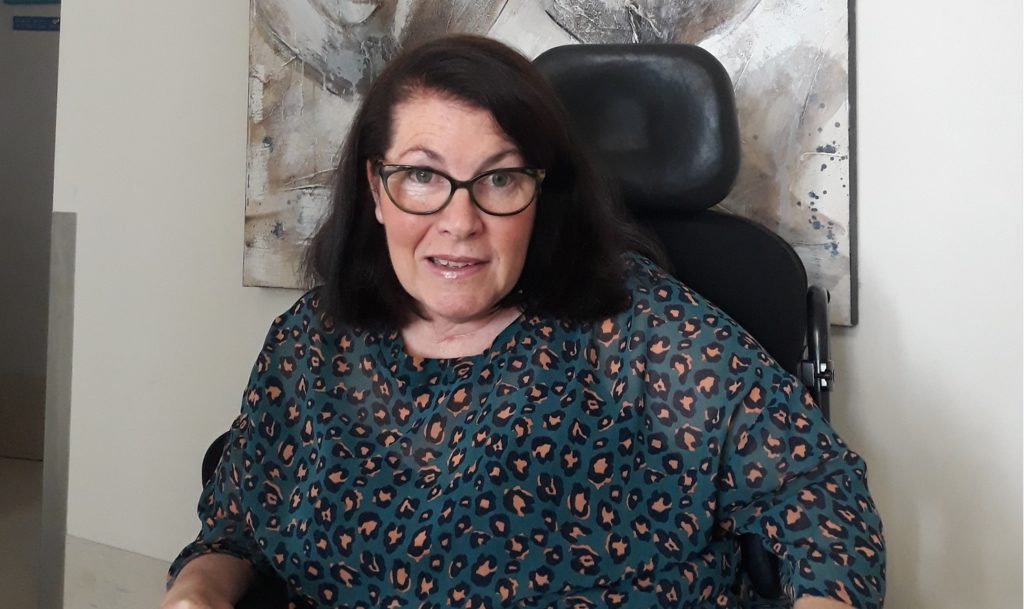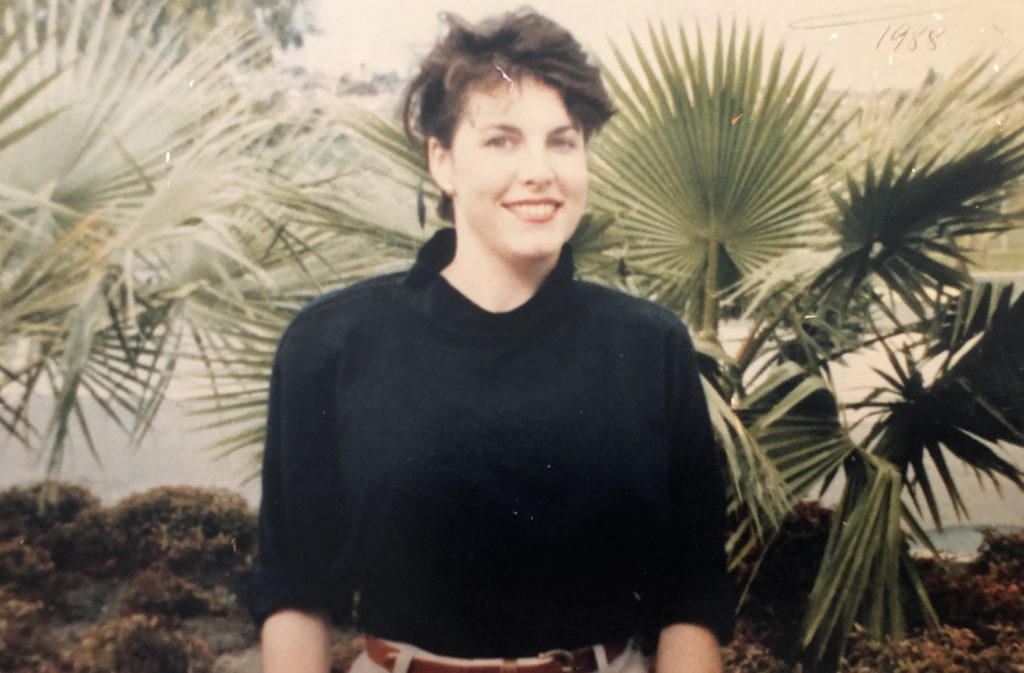Never Say Die: Jacinta Hampson’s Story | Part 4
An accident left 18-year-old Jacinta Hampson with catastrophic head injuries that doctors warned she would never survive.
But Jacinta fought back. After emerging from a coma and learning how to swallow, eat, walk and talk again, she began the journey to rebuild the rest of her life from the ground up.
Now 52 years old, Jacinta shares her story here.

Posts in this blog have either been narrated or written by Uniting Participant Jacinta Hampson, with support from the Uniting team.
If you have feedback to share about this blog, get in touch.
Post 4 | Starting over.
Published 16 May 2021
If this is your first time reading this blog, we suggest you go and start from the beginning.
This post was written by 21-year-old Jacinta in 1988, 2 years after her accident.

The nurses called me the “Miracle Girl” when I made it to Shenton Park Rehabilitation Hospital.
But I hated that place.
At Royal Perth, I had to learn how to hold my head up as I had lost all muscle control in my body. I looked like a rag doll. But at Shenton Park, I now had to learn how to roll over in bed by shifting my weight in such a way as to make me turn. I also had to learn how to sit in bed without falling sideways.
I found a wide range of activities difficult, which previously I had taken for granted. The learning process had begun.
Because I was no longer fed through a tube, I had to learn how to do something else I’d always taken for granted – swallowing. The nurses stroked my throat to produce a reaction that enabled me to swallow.
Later, I was given a mirror to help my co-ordination. The mirror allowed me to see where my mouth was so I could learn how to feed myself more efficiently.
I was a virtual baby again, except my intelligence far outweighed my physical capacity.
My brain had to learn all of the natural functions and make pathways around the damaged areas. The brain is an amazing machine, the way it can make you oblivious to the real situation you’re in. It has a way of compensating – otherwise simple logic would tell you to give up.
I spent long hours re-learning how to shower and dress myself. I found great difficulty in trying to tie my shoelaces. A simple procedure that was made so difficult because of my lack of coordination, but I kept practicing until I mastered it.
When I look back, I don’t know how I ever got through those debilitating days.
Walking came next. It seemed so odd and awkward that something I had taken for granted for 18 years would now seem difficult and require great concentration.
I learned to walk on a frame so I could get out of my wheelchair. It was down to the pool 3 times a week because swimming is excellent therapy.
I also did occupational therapy to improve my mind because as well as physical exercise, I also needed mental stimulus. I was engaged in a variety of puzzles and jigsaws – which I have always hated doing – that helped to improve my mind.
After I had spent 3 months in the now familiar surroundings of Shenton Park, I was finally allowed to go home.